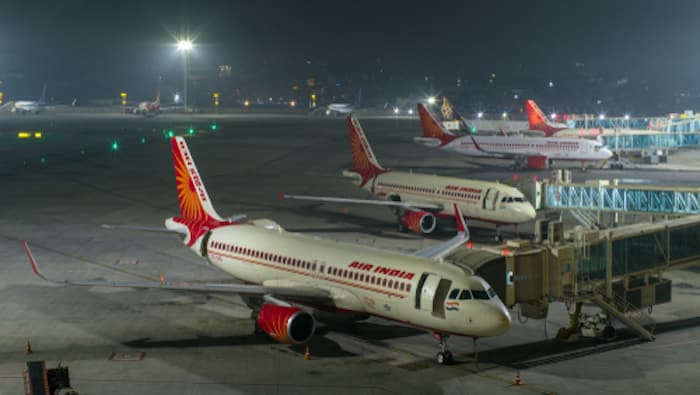
India is home to some of the world’s most showstopping sights, from the Taj Mahal to The Holy City of Varanasi. But it’s a big country too, and getting around the 3.287 million km² (the seventh-largest country in the world) can be a daunting task for the uninitiated. If you’re planning a trip, here are our top tips on how to travel India.
Top tips on how to travel around India
1. Taking the train in India
India boasts an extensive and well-connected rail network, spanning some 67,956km (42,226 miles) of track. There are approximately 20,000 trains running every day, carrying as many as eight billion passengers every year. Trains connect almost every corner of the country too, so you’re bound to find one heading in the right direction.
Indian Railways, the state train network, operates most trains. There are three categories of service: express, passenger and mail. As you might expect, express trains are the fastest with the fewest stops. These include the Rajdhani expresses, Shatabdi expresses and the newer Duronto expresses. There are usually around eight classes of travel too, ranging from Air-Conditioned Executive Chair Class (EC) to Unreserved General Class (2S).

2. Taking the bus in India
If you’re not in a rush, busses are an inexpensive and atmospheric way to travel. In some parts of the country, like the Himilayas, they’re the easiest way to travel too. There’s a huge range of bus networks operating across the country, run by both the state and private companies. There’s a wide range of buses to choose from too. Deluxe busses and Volvo or 2×2 busses even offer airliner-style reclining seats. State-owned buses tend to be cheaper than private buses. Bags go under the bus or on the roof.
It’s best to avoid taking the night bus where possible since drivers often ramp up the speed on emptier roads.

3. Booking a boat trip in India
India isn’t short on rivers, and the best way to get to grips with them is by boat. However, there aren’t really any point-to-point boat services in India, so if you’re looking to explore the country by water you’ll probably need to book onto a multiday cruise. Assam Bengal Navigation offers trips along the Ganges and Brahamaputra, while the Sundarbans in the delta region is only accessible by boat. In some rural areas, you might be able to hop onto a wooden rowboat or coracle for cross-river trips.

4. Domestic flights in India
India is a huge country, and it’s impossible to see most of it in a standard two-week trip. But, if you’re adamant on giving it a go, you’ll probably need to book a domestic flight. There are around a dozen domestic airlines serving various corners of the country, including Air India, Air Pegasus, FLYeasy and Vistara. You can normally book flights online via the airline’s websites or at the largest carrier offices in major cities.

5. Cycling in India
You don’t need special paperwork to bring your bike from home, though it’s worth keeping in mind that spare parts will likely differ in India. It’s easy to buy a bike in India too; most towns have markets and cycle shops selling various types. You can also rent them for local use in most towns, for rates ranging from Rs30 to Rs15o per day. Cycle tourism is becoming increasingly popular in India, as it is in other countries, and there’s now a good selection of adventure tour operators offering bicycle tours of the country.

6. Renting a moped and motorbike in India
Motorcycling in India is best reserved for the experienced. In Karol Bagh, Delhi, you’ll find a whole string of motorcycle shops and rental agencies used to renting out to brave tourists. Most towns have motorbike rental services too, which can be fun for quieter, local journeys. If you’ve got your heart set on a motorcycling adventure, you might want to consider joining a motorbike tour. As well as offering the best routes across the country’s most spectacular landscape, you’ll be travelling with someone in the know. Himalayan Roadrunners, Blazing Trails and Blazing Trails are all excellent options.

7. Travelling by rickshaw
Rickshaws are the best way to make short journeys around the city. Cheaper than cabs, they can wind in and out of traffic to make journeys much quicker too. You’ll find cycle rickshaws and auto-rickshaws (motorized vehicles) across most major towns and cities. Most are metred, but if not make sure you agree on the price beforehand. Uber and Ola are available in some Indian cities too.
The post How to Travel Around India appeared first on Big 7 Travel.


